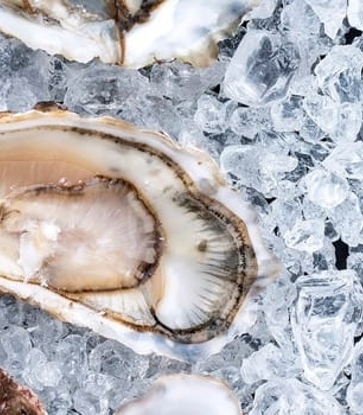Throughout history, food has played a crucial role in Thai culture and this is evident through historical records of Thai dishes and desserts that are present in both fictional and non-fictional literature. Many Thai dishes, including snacks and desserts, are known to have featured prominently in plays, poetry and prose. Most notable are the royal compositions that are known as ‘verse’ or gab hae chom, sung by the oarsmen during boating excursions.
Amongst the notable verses, Gab Hae Chom Kreung Kao Wan (loosely translated as the Verse of Thai Food and Dessert) composed by His Majesty King Rama II of Thailand, and His Majesty King Rama VI’s Gab Hae Chom Kreung Warng (loosely translated as the Verse of Appetisers/Light Meals), provide some of the most artistic insights into the Thai dishes and desserts of the time. Featuring different kreung warng or light meals and snacks from the ancient days, one of the dishes found in His Majesty King Rama VI’s verse that remains well-known and popular to this day is mieng kham.

To deal with the summer heat, lighter meals with vegetables are recommended to help the body cool down as well as to avoid heavy digestion. A herbal and aromatic bite-sized appetiser, mieng kham features various condiments and ingredients that are said to help balance the inner workings of our bodies. The human body, while consisting of different bodily functions and organs, is also believed to consist of different elements of the earth, according to traditional belief. These elements include fire, water, wind, and earth, all of which must be kept balanced in order for the body to function healthily. For these very reasons, mieng kham makes for the perfect appetiser, as each ingredient is said to contain different properties that helps the body to regain its equilibrium.
Photo courtesy of Baan Khanitha.

Enjoyed with a sweet sauce made with shrimp paste, palm sugar, peanuts and roasted coconut with minced ginger and shallots, mieng kham is a sweet yet herbal appetiser with a harmony of texture from its condiments. The key ingredients of mieng kham include fresh betel leaves, shallots, ginger, lime with lime zest, as well as fresh chilli, peanuts, roasted coconut and dried shrimp. In the past, mieng kham was eaten with bai thong lang (coral tree leaf), but due to its growing rarity, the dish is now commonly eaten with wild betel leaves (bai chaplu).
A more elegant variation of mieng kham, known as mieng gleeb bua (lotus petal mieng kham), are eaten with lotus petals instead of betel leaves. Aside from its balancing properties, many herbs featured in mieng kham are also high in antioxidants such as shallots, ginger and the betel leaves themselves. Used to wrap all the ingredients together in a bite-sized parcel, the leaves are high in beta-carotene and fibre, making it a delightful summertime snack.

HOW TO ENJOY
1. Place a wild betel leaf facing up on the palm of your hand and place a small portion of each condiment onto the centre of the leaf. It is important not to pile them up and go light on the chilli!2. Top things off with a small dollop of the sweet mieng kham sauce. Always use a separate spoon for the condiments and the sauce.
3. Carefully wrap the leaf around the ingredients to create a bite-sized cone and pop it into your mouth in one go.
4. Sit back and enjoy the explosion of herbal Thai flavours inside your mouth.
WHERE TO GO (non-exhaustive list)
Suan Thip (One MICHELIN Star)17/9 Moo 7, Sukhaprachasan 2 Road, Nonthaburi
Tel: +66 2 583 3748
Baan Khanitha (Michelin Plate)
36/1 Soi Sukhumvit 23, Bangkok
Tel: 02 258 4181
OSHA (Michelin Plate)
99 Witthayu Road, Bangkok
Tel: 02 256 6555




_THUMB_363_X_484.jpg)






